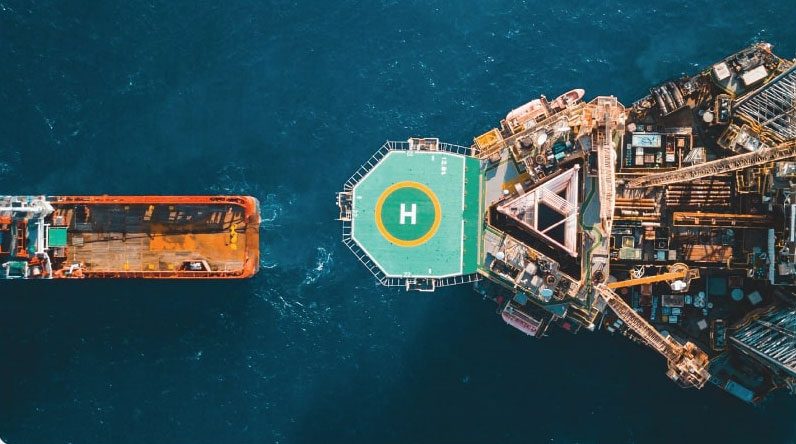Integrity Management Audit for Onshore Refinery Supplier in Europe
Integrity Management audit and recommendations on improved technologies or practices available in the market that could benefit an onshore supplier of refined liquids products integrity activities.
Project Background
The client, an onshore supplier of refined liquids products, in Spain, requires an integrity management audit to review the techniques or processes for managing asset risk, inspection, maintenance, assessment and repair, and also to review data about historical incidents involving loss of containment.
The audit will also cover identification and recommendations on improved technologies or practices available in the market that could benefit an onshore supplier of refined liquids products integrity activities – covering tank, pipework and pipeline risk inspection, maintenance, and repair processes.
Services
The audit will cover tank, pipework and pipeline risk inspection, maintenance, and repair processes and will be based on various codes quoted by the client, such as API 353, 575, 579[, 581, 653, 1160, 1173, and other industry standards such as the Pipeline Defect Assessment Manual (PDAM) developed by Penspen, and the Process Safety Leadership Group (PSLG) report.
Result
Our experts proposed approach for many topics involved carrying out a small trial/test case/feasibility study first to understand the potential benefits more accurately for the client. In addition, an in-depth audit and recommendation report was provided to the client, which found:
- Risk management, visibility and activity optimisation could be substantially improved by introducing risk acceptance criteria, carrying out cost-benefit analysis for risk mitigations as appropriate (using ideas from ISO 55002) and applying RBI/RCM to all assets.
- Stakeholder engagement could be substantially improved (using ideas from ISO 55000) to improve ship communication and fittings, refinery pumps, and landowner liaison for mitigating third-party damage, repair access and thefts.
- Specific key beneficial actions include conducting CIPS surveys across the network, developing instrumentation criticality rankings to IEC61508 SIL levels, creating a “weeps and seeps register” for managing leaks, and aligning product transfer processes to ISGOTT/PSLG/IMO international guidance.




